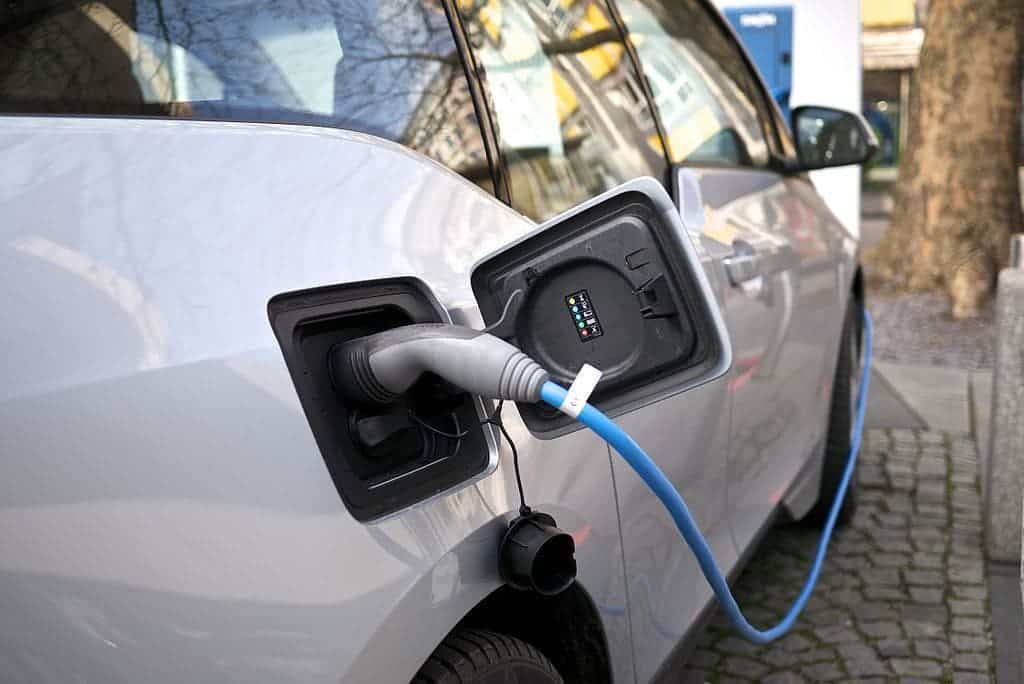
Americans have bought over 400,000 plug-in electric cars since 2008 and this number is set to surge as more and more models became available. This steep rise in sales can be attributed to decreased costs in batteries, which are up to 70 percent cheaper since eight years ago, but also more appealing offerings like the sexy Tesla Model S. However, to really get the ball rolling and pave the way for wide adoption of EVs there’s a demand for charging infrastructure.
Today, there are 16,000 charging stations, up from a mere 500 in the year 2008. Most of these are owned and operated by private companies like Tesla and Nissan, and many experts have often seen this is an argument to criticize the federal argument which has been too unsupportive. Hopefully, not anymore.
Finally, the Obama Administration announced a master plan that will see 48 national electric vehicle charging corridors opened on the nation’s highways. The new corridor will cover 35 states and offer EVs 25,000 continuous, anxiety-free miles for electric car drivers.
According to the plan, a serving station will be placed every 50 miles and Federal Highway Administration signs will signal you can charge ‘here’, just like gas stations and rest stops.
The initiative is being backed by 38 new businesses, non-profits, universities, and utilities. Previously, the Administration opened up to $4.5 billion in loan guarantees to support the commercial-scale deployment of innovative electric vehicle charging facilities.
Besides new charging stations, the new plan outlines actions for 24 state and local governments who have committed to the electrification of their fleets, which will bring about around 2,500 new electric car purchases in 2017 alone. That might not sound like a lot of new electric cars but the numbers will surely surge in line with the Administration’s policy of reducing greenhouse gas emissions from Federal Fleets by 30 percent by 2025.
It’s not clear when the first EV serving station will open. We’ll find out more once the Department of Energy completes two studies slated for early next year which are designed to identify the optimal number of charging stations for various EV market penetration scenarios, but also provide best practices for EV fast charging installations.






